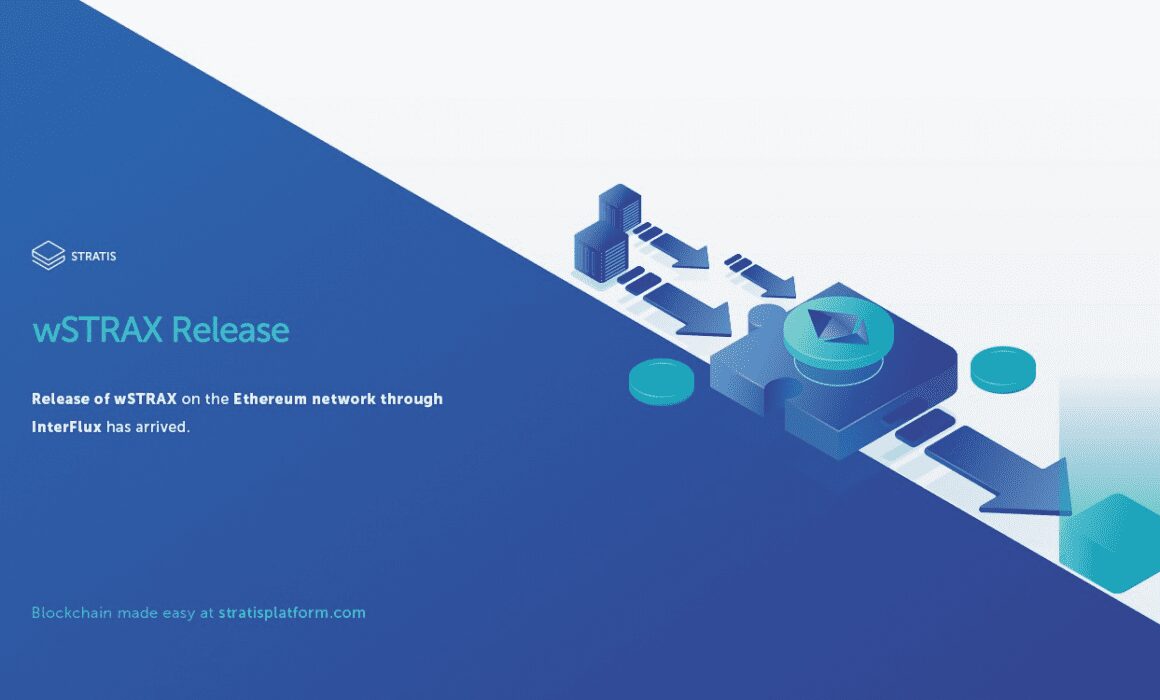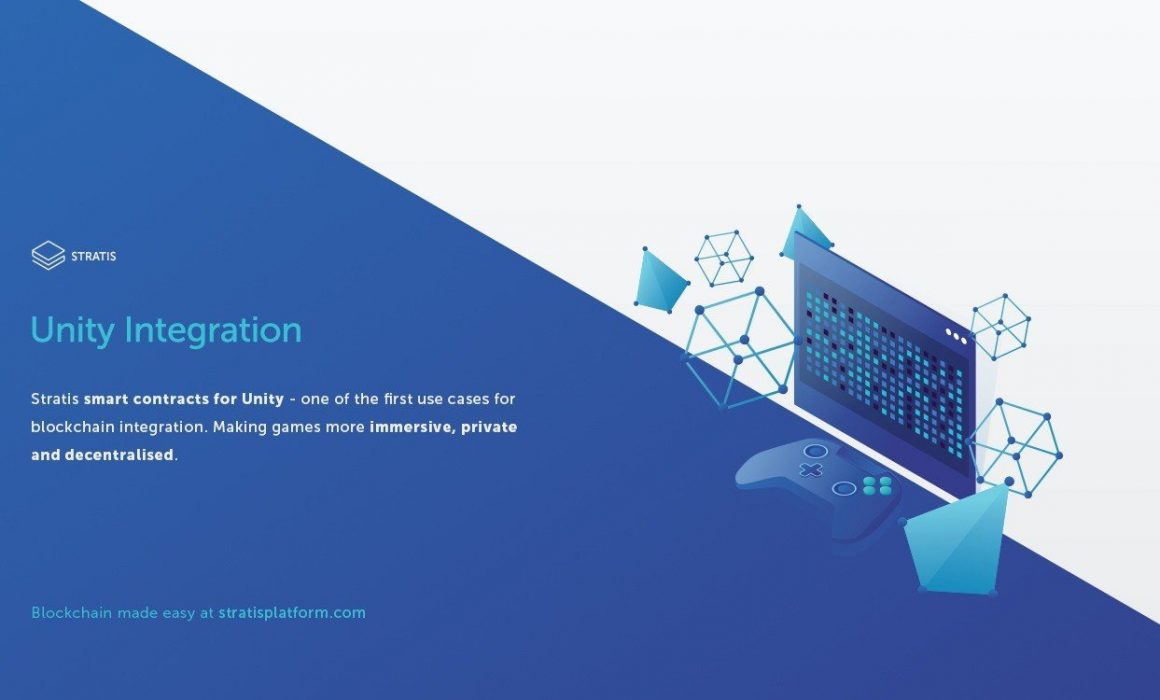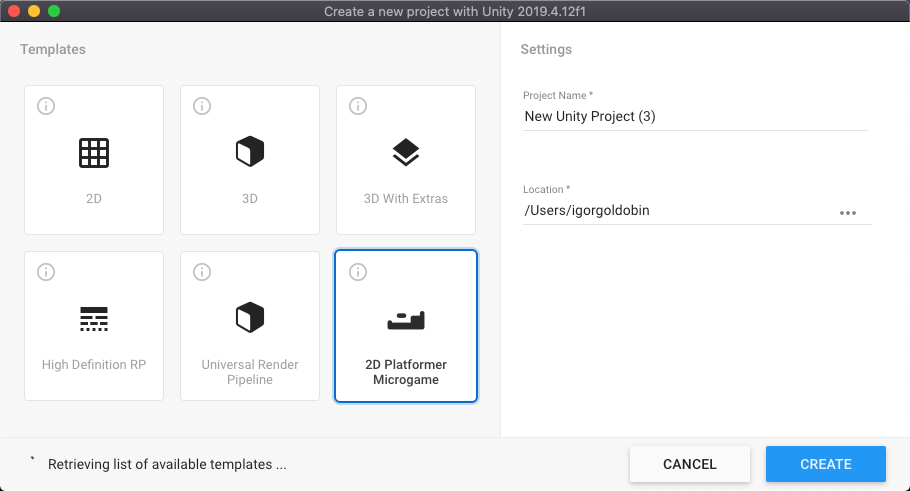On the 23rd February, Binance organised a Stratis AMA with Our Founder and CEO Chris Trew on their Official English Telegram Channel.
Host: Q1: How does Stratis plan to compete against leading Smart Contract development platforms?
Answer: Through hard work, determination, and technical excellence, the Stratis Smart Contracts platform is the only platform in the world that provides native C# Smart Contract execution. A significant amount of research and development was allocated to building a platform that leveraged a feature-rich framework such as that offered by the Microsoft .Net Framework—resulting in a familiar and trusted development environment. This, coupled with breakthrough products such as Stratis InterFlux, which provides interoperability between Ethereum and other chains, such as Binance’s Smart Chain in the future, enables Stratis Platform to be leveraged both as a scaling solution and as alternative smart contract platform. This combined with simplified integration into existing financial applications and enterprise line of business applications that are developed utilising the .net framework gives Stratis a unique position in the marketplace.
Host: Q2: What are the benefits Stratis Masternode, can we touch on that topic?
Answer: By operating a Stratis Masternode, you play a role in validating and securing the Stratis Smart Contract Sidechain. Also, Masternodes validate cross chain transactions through Stratis InterFlux interoperability protocol. Each block validated by a Stratis Masternode is rewarded from a share of a block reward generated on the Stratis Mainchain (STRAX). This equates to, on average, 17,280 STRAX being autonomously distributed to operating Masternodes every day. To put this into context, if there were 50 operating Masternodes, each Masternode would be rewarded, on average, 345 STRAX per day.
As projects, such as the recent AMM style DEX OpDex, continue to build on the Stratis Platform and utilize Stratis Sidechain’s more rewards will be distributed through an uptake in utilization. Rewards will also be generated by other services hosted on the Stratis masternodes in future.
This masternode reward combined with staking provides a very competitive APY.
Host: Q3: How does Stratis intend to gain adoption?
Answer: Stratis is already engaging with several high-profile marketing organizations to cement Stratis’ name as the go to enterprise-ready PUBLIC Blockchain Technology platform and to build the awareness of Stratis within the wider crypto audience. The marketing efforts will be complemented by Stratis also interacting with huge .Net focused development groups and developer communities, creating rich development-focused content. Stratis will encourage development groups and individuals to build on our platform and support those who commit to building end-to-end solutions utilizing Stratis Technologies.
We are also solving some of the key hurdles that must be overcome to achieve mass adoption of blockchain and DeFi technologies, mainly interoperability, integration with existing systems and the use of class leasing development tools.
Host: Q4. Do you have any plans to work with the UK Government or large UK Corporations?
Answer: Stratis is headquartered and registered in the UK, we chose to incorporate Stratis in the UK, so we could work with local governments and other organisations that will only work with UK based companies. Stratis is focused on securing business within the UK and is working with several technology partners including Triad Group Plc, a leading IT Service provider in the UK. We are also discussing with a consortium of a top ten international law firm, an established global auditing company regarding a GBP stable coin utilizing Stratis Technologies and governed by a consortium of blue chip companies.
Host: Q5: What does Stratis plan to do in the coming months?
Answer: The coming months will see Stratis meet the development roadmap items which we have set forth on our roadmap. The DeFi Software Library excites me the most – introducing several highly utilized projects codebases to the Stratis Platform, showcasing our platform’s flexibility and validity while also providing practical use-case examples for new developers exploring Stratis Technologies. On the 8th of March we will be deploying InterFlux into production which will bring wSTRAX to Ethereum and all of the applications running on top e.g UNISWAP and other decentralised exchanges.
We are also very excited about our IOT SDK which will see us release an Ultra Light client and backend infrastructure to support IOT use cases which are highly in demand within the UK.
The Second Segment of the AMA, Chris picked 9 Questions from the public to answer
Q1: Smart contracts are prone to bugs, How efficient and secure is your smart contract. Have you ever been audited through external parties, so we are sure that this project is safe and good for the future of investors?
Answer: Our use of C# as a development language means that there is a much larger pool of developers (10M+) than other smart contract languages like Solidity, these means there are more developers that can potentially audit the code and those developers can utilise the same tools they used for previous development projects. We also have decentralised smart contract execution governance, this means smart contracts must go through and audit process and peer review before being able to be deployed on the network. This ensures that any smart contracts being executed by masternodes have received an audit.
Q2: Before the Bear market, Stratis was a top 10 coin & had over a billion dollar market cap. Since experiencing the devastating devaluation that struck the crypto world in 2018 why did the company decide to not just fold and walk away with all your money? What drives your decision to preserve, building and offering an even better platform (STRAX) to the crypto world? Having already experienced those highest highs and those lowest lows, do you feel wiser and better prepared about the future Stratis will exist in?
Answer: The bear market was a very difficult time, having only raised 600K USD we had to be very careful without funds and focused purely on developing our platform and products, rather than on marketing and trying to create hype. This did affect us, but has allowed us to deliver the same as projects that raised tens of millions with a much smaller budget. This has allowed us to stay agile and also keep our burn rate down.
We recently received an injection of capital form Tier one Crypto fund Alphabit, this capital is going to allow us to finally compete with our competitors in all areas including marketing.
The paste 4 years have been a great learning experience and I feel we are very well position to capitalise on the crypto/blockchain boom that is currently ongoing
Q3: Any plan for liquidity farming?
Answer: Yes, the project OpDex has been under development for over 1 year and just received 500,000 STRAX in funding from the Stratis Decentralised Fund. OpDex is an AMM style dex that will offer significantly lower fees than the current established decentralised exchanges and key features they are lacking. OpDex will be the main Liquidity platform at Stratis.
Q4: What does $STRAX think about DeFi’s current trend? Does $STRAX follow trends or make a difference? Can $STRAX share with users about future development plans?
Answer: Good question, when people ask I say we have been working on DeFi for 4 years, only the market has just caught up and termed the phrase “DeFi”. We have been working on building an enterprise grade platform that could support the next generation of decentralised finance. We will soon be releasing out DeFi library which will include documentation, API’s, easy access clients (Web brower/mobile). OpDex V1 is nearly ready and we expect testing to start soon.
Q5: Are there companies actually deploying applications on Stratis blockchain? Any initiatives in last year or this year that we might know of?
Answer: Yes, there are several companies building on top of the Stratis platform since we moved into being production ready. MediConnect are revolutionizing the pharmaceutical and PPE supply chains through the user of blockchain technologies powered by the stratis platform.
Gluon are utilising the blockchain to revolutionize the gas industry in the US through the user of blockchain for track/trace, Gas reserves monitoring, Point of sales integration and loyalty points. With over 150 gas stations signed up they have received significant traction.
OpDex is a Stratis DAO funded AMM type DEX and offers a real alternative to the existing decentralised exchanges through significantly lower fees and offering scalability well beyond the majority of AMM type Dex’s. We also have over 10 projects that have forked our code and run their own native chains.
As part of the two stratis hackathons, there are many examples of applications that can be built on Stratis. Due to our new business development focus we are talking with many companies that are interested in deploying the on Stratis platform, we expect to see exponential growth in this area in the coming months.
Q6: Besides coding languages, what is your approach to win market share versus other popular platforms?
Answer: One of our main strategies is utilising existing development and consultancy companies that do not currently offer any products or services around blockchain. They can join the Stratis partner program and receive training, access to closed source tech, free development and consultancy time.
This will then allow them to add blockchain to their service offerings and give them the ability to cross sell blockchain into their existing customer base, So it brings the consultancy company revenue through consultancy and development, it bring Stratis adoption and also companies that can sell our platform and products allowing us to focus on the platform development.
Q7: What kind of decisions will STRAX holders be able to make within the Stratis platform? Will they be only economic decisions or will they be able to decide in other areas as well?
Answer: All important decisions go through a decentralised vote, like the proposal to migrate from STRAT to STRAX.Our community also decide on which projects receive funding from the Stratis Decentralised fund.
Q8: What real solutions are you bringing to DeFi in Stratis, and what exact problems do you want to solve in DeFi?
Answer: Increased security through our auditability and decentralised smart contract governance. Simplified integration into existing CeFI and traditional finance systems developed in .net. Our ability to roll out network updates in a matter of hours allows us to react to economic and other changes. The tokenomics of STRAX mean the Masternodes executing smart contracts receive a significant reward regardless of gass fees, this allows us to have a significantly lower gas cost than the other smart contract platforms. This has an impact on well adopted DeFi apps like an AMM style DEX
Q9: Did you raise funds so far? If so, how did you handle them? Are you planning to do any future raises?
Answer: We raised 600K USD in 2016, the two projects that raised around the same time were waves (30,000 BTC) and LISK (15M USD). The fact we are even still here is a miracle and people have rightfully had concerns since the start that we would run out of money.
Stratis may not be as shiny as other new sexier projects, but one thing we have proven is that we can deliver with far less and we have the dedication that many other projects do not.
We have just received a capital injection and now finally have the resources to compete in areas other than development.
AMA Concluded




















